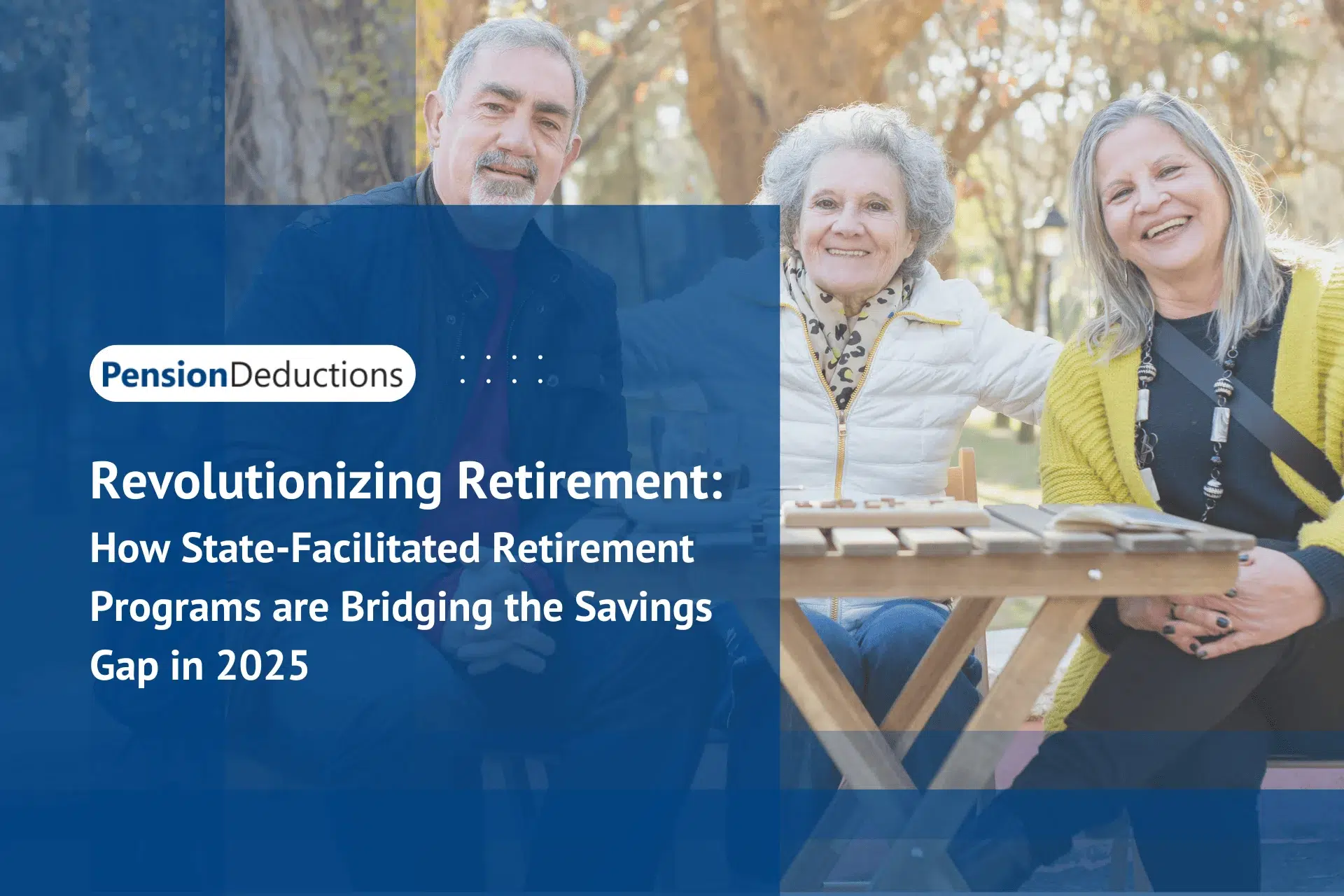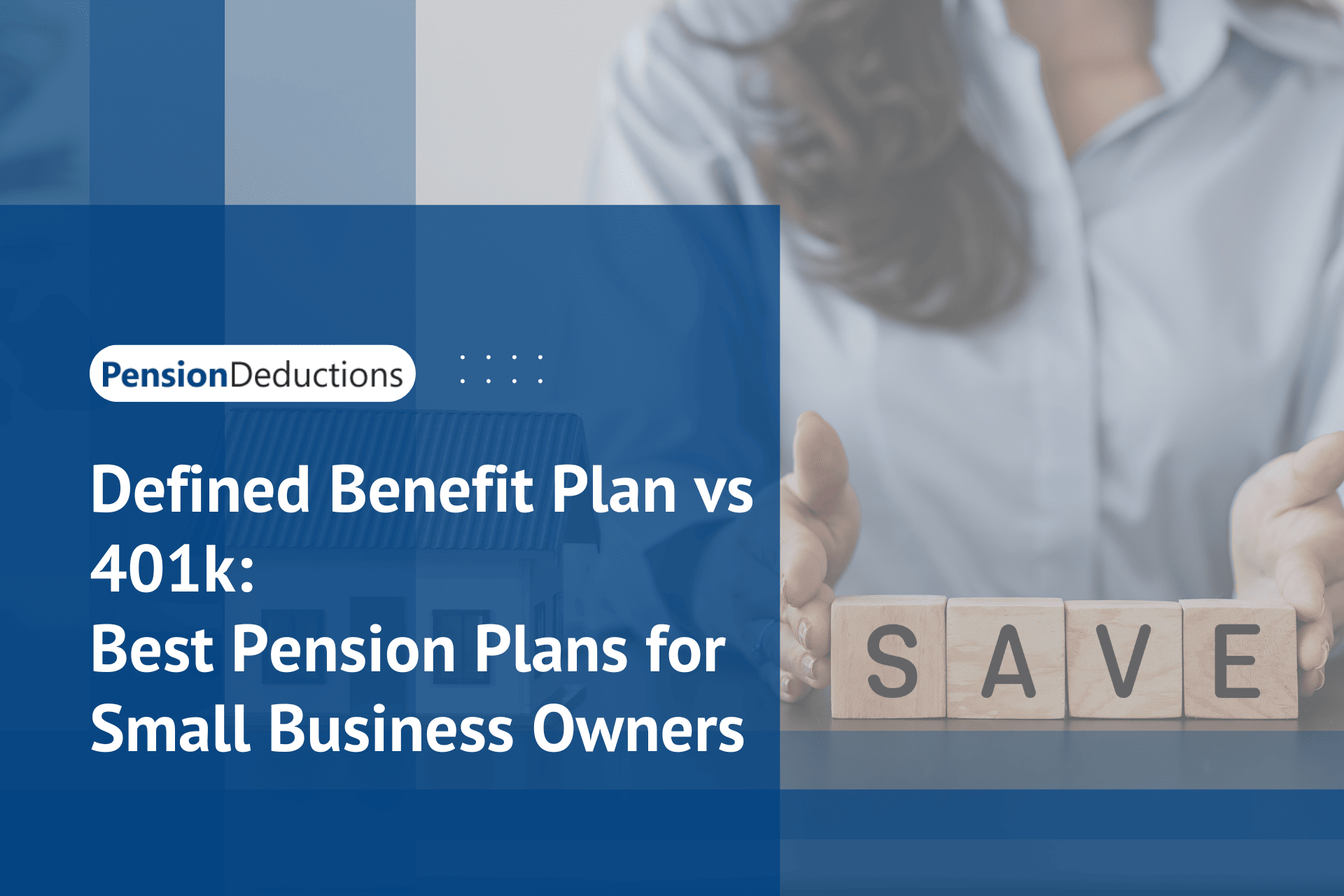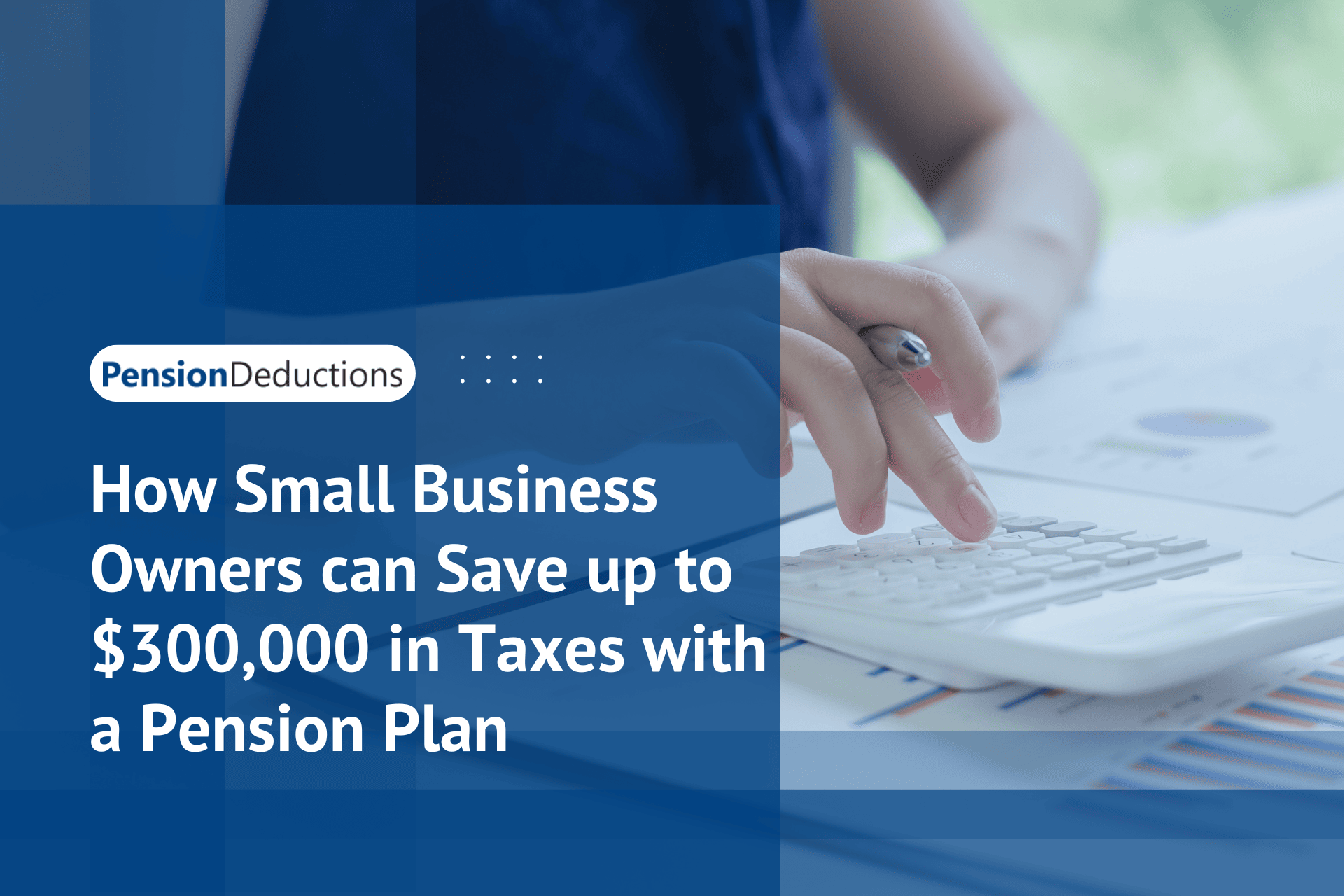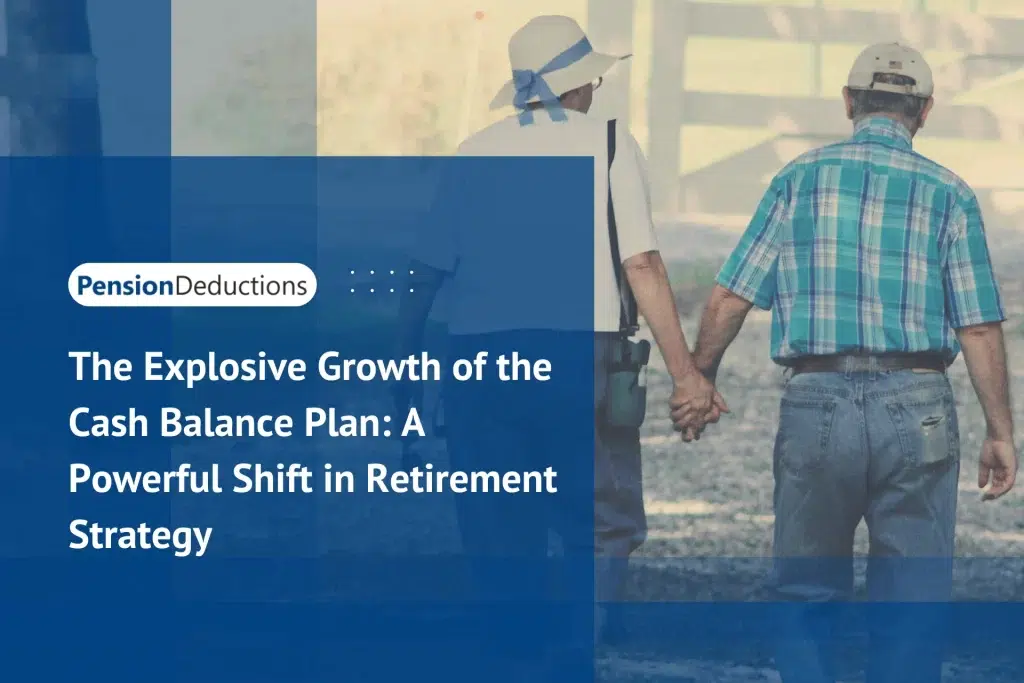The New Face of Retirement Planning
Once considered an exotic option limited to large corporations, the cash balance plan is now a rising star among small to mid-sized businesses, professionals, and high earners. This resurgence is driven by economic necessity, policy changes, and the desire for more predictable, tax-advantaged retirement savings.
Real-World Case Studies of Cash Balance Plan Success
- A Los Angeles-based law firm implemented a cash balance plan and retained 30% more partners over three years
- A Denver engineering firm slashed $500,000 in annual taxes after pairing a cash balance plan with their 401(k)
- A private medical practice in Texas saw employee retirement balances rise by 25% within two years of adopting the plan
- An East Coast financial consultancy used the plan to attract experienced executives with the promise of guaranteed lifetime income
- A startup with irregular income structured a flexible cash balance plan, boosting their appeal to top-tier developers
These examples show how adaptable and powerful this retirement vehicle can be, especially in a competitive talent market.
What Makes a Cash Balance Plan So Appealing in 2025
One key reason is demographic: Baby Boomers and Gen X are facing an urgent need to catch up on retirement savings. The IRS has responded by increasing contribution limits—making the cash balance plan especially appealing for those looking to make up ground quickly.
Economic volatility is another factor. With stock market swings, high inflation, and uncertain interest rates, savers are craving predictable returns. The cash balance plan offers a unique blend of security and flexibility, often guaranteeing a minimum return rate through interest crediting formulas.
Additionally, the SECURE Act 2.0 has made plan administration easier, reducing red tape and encouraging more small businesses to offer this solution.
Mechanics of a Cash Balance Plan
Unlike traditional pensions, which calculate benefits based on years of service and final salary, a cash balance plan defines a benefit in terms of a hypothetical account. Each year, the employer contributes a fixed percentage of the employee’s salary, plus an interest credit (which can be fixed or tied to an index).
Key components include:
-
Employer Contributions
Typically 5% to 20% of employee compensation
-
Interest Credits
Can be a flat rate (e.g., 4%) or variable based on a benchmark like the 30-year Treasury
-
Account Growth
Although the account is hypothetical, it grows annually and accumulates tax-deferred
-
Portability
Upon retirement or departure, employees can roll over the balance into an IRA or receive an annuity
Employer & Employee Benefits Compared to 401(k)s
- Higher Contributions: For those 50 and over, 401(k) contributions cap at $30,500, while cash balance plan contributions can exceed $300,000 annually, depending on age and income
- Defined Benefits: Employees know what they’ll receive, unlike a 401(k), which depends on market performance
- Tax Efficiency: Employers benefit from large tax deductions, while employees delay income tax until distribution
- Ease of Management: The employer controls investments, making it simpler for participants
- Recruitment Tool: Offering a cash balance plan signals a company is serious about employee well-being
Tax & Legal Landscape: What’s Changed?
- SECURE Act 2.0: Simplifies administration and encourages multi-employer plans
- IRS Clarifications: Recent guidance eases the minimum participation rule
- Increased Age for RMDs: Now at 75, giving plans more time to grow before distributions begin
- Streamlined Reporting: Administrative software makes compliance much easier
- Tax Court Rulings: Continue to affirm the plan’s legitimacy for small professional firms
Trends: Which Industries Are Leading the Charge?
- Professional Services: Especially law, medical, and financial advisory firms
- Engineering & Tech: Project-based companies appreciate the plan’s flexibility
- High-Earning Small Businesses: Real estate agencies, consultants, and franchise owners benefit from its tax shelter
- Gen X Entrepreneurs: Leading adoption due to retirement timeframes and financial literacy
- Regional Hotspots: California, New York, and Texas see rapid growth in plan adoption
Myths and Realities About Cash Balance Plans
Despite its benefits, myths about the cash balance plan persist:
-
Myth: Only large corporations use them
Reality: 92% of plans are sponsored by companies with fewer than 100 employees -
Myth: It’s too complicated
Reality: Third-party administrators handle most of the complexity -
Myth: It’s rigid
Reality: Plans can be customized based on job role, income, and tenure -
Myth: Employees don’t benefit
Reality: Most plans offer better long-term returns than 401(k)s -
Myth: Not portable
Reality: Benefits can be rolled into an IRA or taken as a lump sum
Clearing up these misconceptions can unlock massive adoption potential.
Calculate your Contributions Today!
Click here to Calculate!Action Plan: How to Transition or Start a Cash Balance Plan
- Assess Goals: Determine if your business or personal income warrants a tax-deferral strategy
- Talk to a Pro: A TPA (Third Party Administrator) can create a customized plan design
- Pair With 401(k) : Combine with a profit-sharing 401(k) for maximum savings
- Educate Staff: Communicate the plan’s value clearly to employees
- Fund & Monitor: Set contributions annually and meet compliance requirements
Looking Ahead: Long-Term Implications for Retirement Savings
As America ages, demand for defined benefits is surging. Financial advisors and employers alike are favouring hybrid solutions that offer both security and flexibility. With the help of AI, fintech, and regulatory backing, the cash balance plan is poised to become a cornerstone of modern retirement strategy.
Expect further customization, employee self-service dashboards, and integration with holistic financial wellness platforms.
Conclusion
In 2025, smart retirement planning isn’t about choosing between 401(k)s and pensions—it’s about leveraging the best of both. And nothing does that better than a cash balance plan.
Frequently Asked Questions (FAQs)
1. Who is eligible for a cash balance plan?
Business owners, professionals, and employees of firms that establish the plan can participate, subject to IRS rules.
2. Can a cash balance plan be combined with a 401(k)?
Yes, many companies offer both to maximize contributions and tax advantages.
3. Is a cash balance plan risky?
It’s governed by ERISA and involves employer-managed investments, making it relatively safe.
4. How do payouts work?
Upon retirement, employees can take a lump sum or annuitized payments, depending on plan terms.
5. Is the cash balance plan good for small businesses?
Absolutely—many small firms adopt it for its flexibility and tax benefits.
SHARE THIS POST

State-Facilitated Retirement Programs like CalSavers and OregonSaves are expanding access and transforming retirement planning in 2025. Learn More.

Generation X and Retirement: Discover smart strategies to avoid costly mistakes and secure your future with effective financial planning.

Discover the key differences between a Defined Benefit Plan vs 401k, and find the best pension plan for small business owners.

Learn how pension plans for small business owners can help save up to $300,000 annually in taxes with maximum deductions.

